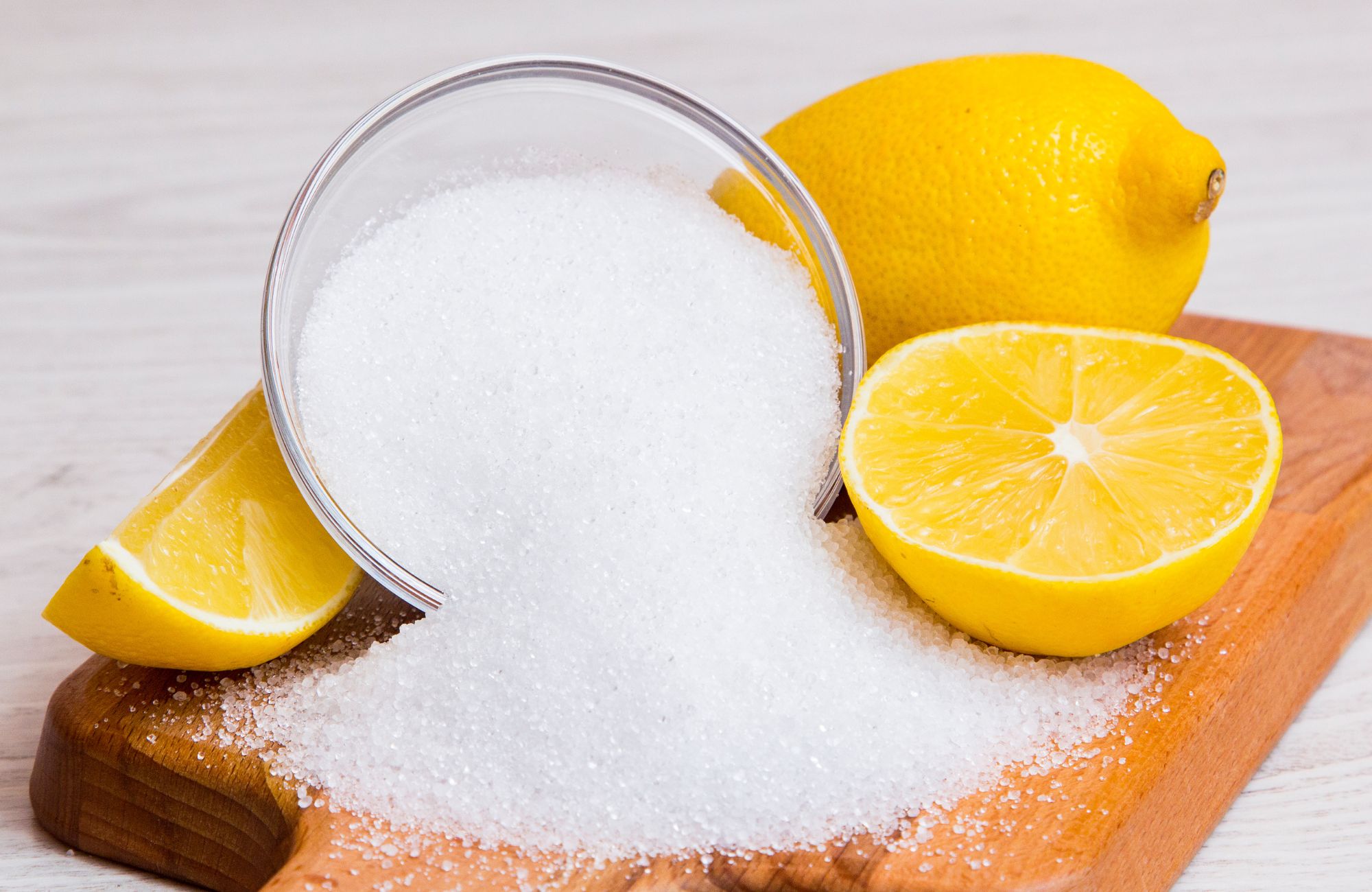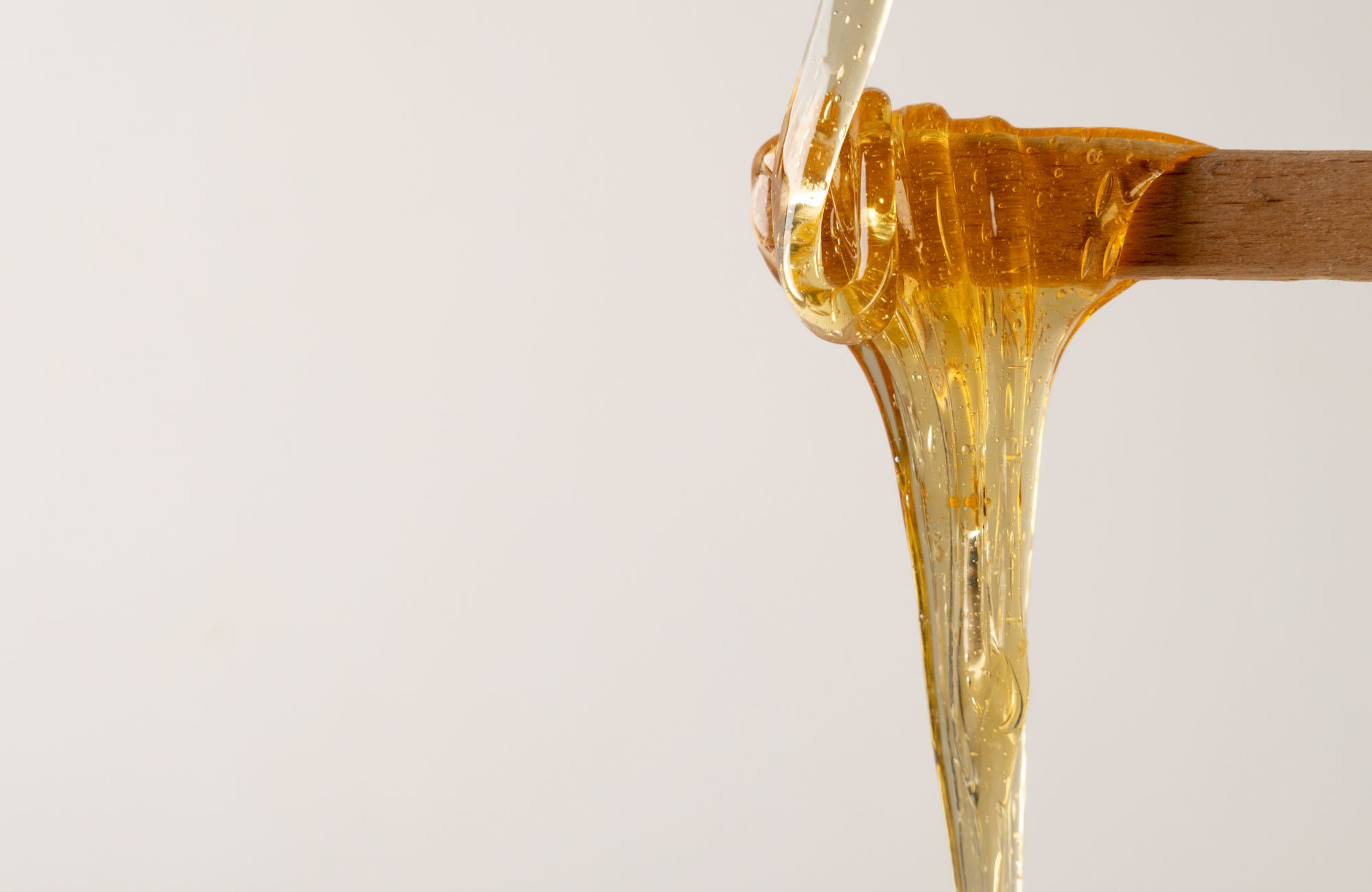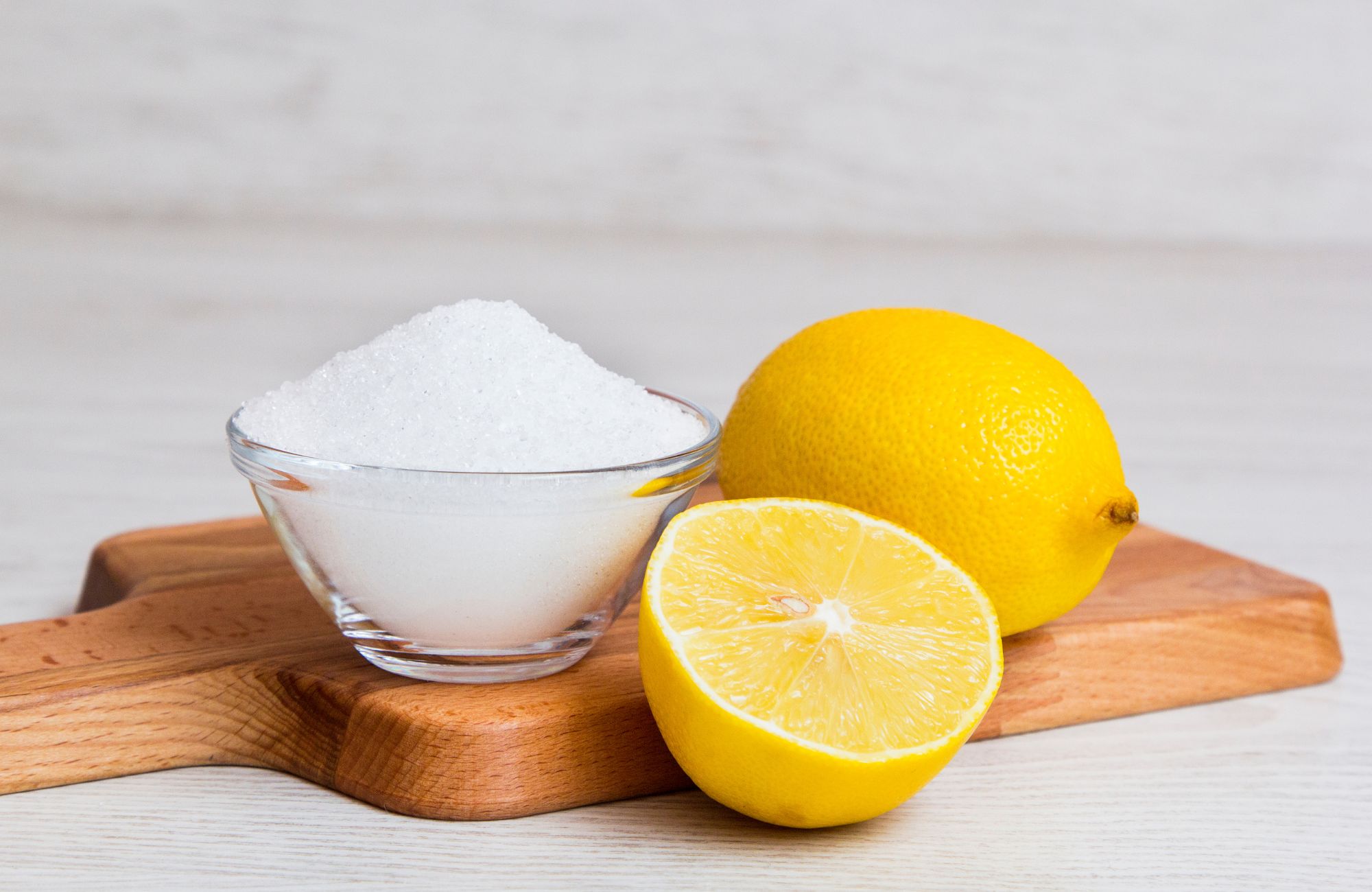
Is Ascorbic Acid and Citric Acid the Same?
When you bite into a lemon or squeeze lime juice into your drink, you’re experiencing the sharp, tangy sensation of natural acids at work. Two of the most common acids found in citrus fruits and many food products are citric acid and ascorbic acid. Despite their similar-sounding names and presence in many of the same foods, these acids have distinct properties, functions, and applications that set them apart. This comprehensive guide will explore the differences between these important compounds and clarify once and for all: are ascorbic acid and citric acid the same?
What is Ascorbic Acid?
Ascorbic acid, more commonly known as vitamin C, is an essential nutrient that the human body cannot produce on its own. With the chemical formula C6H8O6 and a molecular weight of 176.12 g/mol, ascorbic acid typically appears as a white to slightly yellowish crystalline powder with a mildly acidic taste.
As a vital nutrient, ascorbic acid plays numerous crucial roles in human health. It functions as a powerful antioxidant, protecting cells from damage caused by free radicals. Additionally, it supports immune function, facilitates collagen synthesis for healthy skin and connective tissues, and enhances iron absorption from plant-based foods.
What is Citric Acid?
Citric acid, on the other hand, has the chemical formula C6H8O7 and a molecular weight of 192.13 g/mol. This white crystalline powder is highly soluble in water and delivers the characteristic sour taste we associate with lemons and other citrus fruits. While citric acid does occur naturally in many fruits and vegetables, most of the citric acid used commercially is manufactured through microbial fermentation processes using the mold Aspergillus niger.
Unlike ascorbic acid, citric acid is not a vitamin and has limited nutritional value. However, it serves important functions in metabolism as part of the citric acid cycle (also known as the tricarboxylic acid or Krebs cycle), which is central to energy production in cells.
Molecular Comparison: Side-by-Side
The key structural difference between these acids lies in their oxygen content – citric acid contains one more oxygen atom than ascorbic acid. This seemingly minor distinction results in significantly different chemical properties and biological functions.
Citric acid features three carboxyl groups, making it a tricarboxylic acid with stronger acidic properties. This structure gives citric acid excellent pH-adjusting capabilities and makes it particularly effective as a food preservative and flavoring agent.
Ascorbic acid, with its distinct ring structure, possesses antioxidant properties that citric acid lacks. This enables ascorbic acid to donate electrons to neutralize free radicals, a critical function for both human health and food preservation.
Natural Sources and Production Methods
Ascorbic Acid Sources
Ascorbic acid is abundant in many fruits and vegetables, with particularly high concentrations found in:
- Citrus fruits (oranges, lemons, grapefruits)
- Strawberries and kiwi
- Bell peppers
- Broccoli and Brussels sprouts
- Tomatoes
The content varies significantly, with some foods like acerola cherries containing up to 1,700 mg per 100g, while apples might contain just 5-10 mg per 100g. This naturally occurring ascorbic acid is chemically identical to that produced synthetically for supplements and food additives.
Citric Acid Sources
Naturally occurring citric acid is most concentrated in:
- Lemons and limes (can contain up to 8% citric acid by weight)
- Other citrus fruits
- Berries
- Tomatoes
- Pineapples
However, the vast majority of citric acid used commercially is manufactured citric acid produced through fermentation. This process uses Aspergillus niger to convert sugar-based substances into citric acid, which is then purified for use in food, beverages, and other applications.
Modern Production Methods
The industrial production of these acids reflects their different chemical structures. Ascorbic acid is typically produced using a combination of fermentation and chemical synthesis in what’s known as the Reichstein process or its modern variations. This multi-step process begins with glucose and yields pure ascorbic acid that is chemically identical to that found in nature.
Manufactured citric acid production relies on microbial fermentation, where specific strains of Aspergillus niger convert sugar solutions into citric acid. This method is more straightforward and cost-effective than ascorbic acid production, which partly explains citric acid’s widespread use in the food industry.
Nutritional and Health Benefits
Ascorbic Acid Benefits
As vitamin C, ascorbic acid offers numerous health benefits:
- Immune Support: Enhances various immune cell functions and helps protect against infections
- Collagen Synthesis: Essential for producing collagen, which maintains skin elasticity and promotes wound healing
- Antioxidant Protection: Neutralizes harmful free radicals that can damage cells and contribute to aging and disease
- Iron Absorption: Enhances the absorption of non-heme iron from plant foods
- Neurotransmitter Production: Supports the synthesis of certain neurotransmitters needed for brain function
The recommended daily intake of vitamin C for adults is 75-90mg, with upper limits set at 2,000mg per day. Deficiency can lead to scurvy, characterized by fatigue, gum disease, poor wound healing, and eventually, serious complications.
Citric Acid Benefits
While citric acid doesn’t provide the same direct nutritional benefits as ascorbic acid, it still plays important roles in health:
- Energy Metabolism: Participates in the citric acid cycle, a central pathway for cellular energy production
- Mineral Absorption: Acts as a chelating agent, potentially enhancing the absorption of certain minerals
- Kidney Stone Prevention: May help prevent certain types of kidney stones by forming complexes with calcium in urine
- Digestive Aid: Can assist in digestion by providing acidity in the stomach
Unlike ascorbic acid, there’s no recommended daily intake for citric acid, as it’s not an essential nutrient. However, it’s generally recognized as safe (GRAS) by the FDA for food use.
Applications in Food and Beverages
Ascorbic Acid Applications
In the food industry, ascorbic acid serves multiple purposes:
- Nutritional Fortification: Added to foods and beverages to increase vitamin C content
- Antioxidant Preservative: Prevents oxidative spoilage in foods and beverages
- Color Preservation: Prevents browning in sliced apples, potatoes, and other produce
- Bread Improvement: Enhances dough strength and volume in baked goods
- Curing Agent: Used in meat processing to preserve color and prevent spoilage
For home cooks, ascorbic acid powder can prevent browning in freshly cut fruits for salads and desserts, and it’s essential for home canning of tomatoes and other low-acid foods to prevent botulism.
Citric Acid Applications
Citric acid is one of the most commonly used food additives, with applications including:
- Flavor Enhancement: Provides tartness and sour taste in candies, soft drinks, and other products
- pH Regulation: Controls acidity in foods and beverages to prevent bacterial growth
- Preservative: Inhibits bacterial growth and extends shelf life
- Emulsifier: Helps oil and water mix in certain food products
- Antioxidant Synergist: Works with other antioxidants to prevent food spoilage
Beyond food, citric acid appears in cleaning products, cosmetics, and pharmaceuticals, demonstrating its versatility compared to ascorbic acid’s more specialized applications.
Commercial and Industrial Applications
Ascorbic Acid in Industry
Beyond foods, ascorbic acid appears in multiple industries:
- Pharmaceuticals: Found in vitamin supplements, cold remedies, and certain medications
- Cosmetics: Used in skincare products to brighten skin, reduce dark spots, and promote collagen synthesis
- Agriculture: Applied as a growth stimulant for certain crops
- Brewing: Prevents oxidation in beer and wine production
As an alpha hydroxy acid (AHA) in skincare, ascorbic acid helps reduce acne scars and promotes skin cell turnover. However, its instability in formulations presents challenges for manufacturers, requiring specialized encapsulation or anhydrous formulations to maintain potency.
Citric Acid in Industry
Citric acid’s versatility makes it valuable across numerous industries:
- Cleaning Products: Acts as a descaling agent in dishwasher detergents and household cleaners
- Cosmetics: Functions as a pH adjuster and preservative in personal care products
- Pharmaceuticals: Used as a flavoring and stabilizer in medications
- Textiles: Applied in dyeing processes
- Metal Cleaning: Removes rust and tarnish from metals
Its ability to chelate metals makes citric acid particularly useful in cleaning products, where it can bind with hard water minerals to improve cleaning efficacy while being environmentally friendlier than some alternatives.
Safety Considerations and Side Effects
Ascorbic Acid Safety
Ascorbic acid is generally safe even at high doses, but consuming more than 2,000 mg daily may cause digestive discomfort, diarrhea, nausea, or increased urination. Individuals with conditions like hemochromatosis, G6PD deficiency, or kidney disorders should consult a healthcare professional before using high-dose vitamin C supplements.
Citric Acid Safety
Citric acid is widely recognized as safe, but it may cause dental enamel erosion, particularly from frequent consumption of acidic beverages, along with digestive discomfort in sensitive individuals and rare allergic reactions. Long-term exposure to soft drinks has raised concerns about its impact on dental health.
Making the Right Choice for Your Application
When to Use Ascorbic Acid
Consider ascorbic acid when:
- Nutritional fortification is a primary goal
- Antioxidant protection is needed
- Preventing enzymatic browning is important
- Supporting collagen production in skincare formulations
- Enhancing iron absorption is beneficial
When to Use Citric Acid
Citric acid is typically the better choice when:
- Strong acidity or tartness is desired
- pH regulation is the primary goal
- Extended shelf stability is crucial
- Cost-effectiveness is important
- Cleaning or chelating properties are needed
When to Use Both Together
In some applications, these acids work synergistically:
- Beverage preservation (citric acid lowers pH while ascorbic acid provides antioxidant protection)
- Fruit preservation (combined approach to prevent both microbial growth and oxidative browning)
- Some skincare formulations (where both exfoliation and antioxidant protection are desired)
Conclusion
While ascorbic acid and citric acid are both naturally found in citrus fruits and widely used in food and beverage applications, they serve very different purposes. Ascorbic acid is a vital nutrient known for its antioxidant and immune-supporting properties, whereas citric acid is primarily used to enhance flavor, regulate pH, and preserve freshness. Understanding their distinct roles can help you make informed decisions about which ingredient best suits your formulation needs, whether for health benefits, shelf stability, or flavor enhancement.
At US Sweeteners, we supply high-quality ascorbic acid and citric acid to meet the needs of food manufacturers, beverage producers, and industrial formulators. Whether you’re enhancing nutritional content or optimizing flavor and shelf life, our bulk ingredients deliver consistent performance and value. Contact us today to request a quote or speak with one of our experts about the right acidulant solution for your product.
FAQs
Can I substitute citric acid for ascorbic acid?
No, they serve different functions – citric acid primarily adds tartness and preserves by lowering pH, while ascorbic acid (vitamin C) prevents oxidative browning and provides nutritional benefits, making them generally not interchangeable in recipes.
What is the difference between ascorbic acid and citric acid?
Ascorbic acid is vitamin C, an essential nutrient with antioxidant properties needed for immune function and collagen synthesis, while citric acid is a non-essential organic acid that provides sourness, preserves food through pH reduction, and plays a role in energy metabolism.
Is lemon juice citric acid or ascorbic acid?
Lemon juice contains both acids but is much richer in citric acid (5-8% by weight) than ascorbic acid (vitamin C), which is present in smaller amounts (about 50-70mg per 100g). This is why lemon juice tastes so sour and is commonly used as a natural preservative and flavoring agent in cooking.
Can I use vitamin C with citric acid?
Yes, vitamin C (ascorbic acid) and citric acid can be used together and often work synergistically in food preservation, beverages, and skincare products where both pH regulation and antioxidant protection are desired.



Leave a Reply